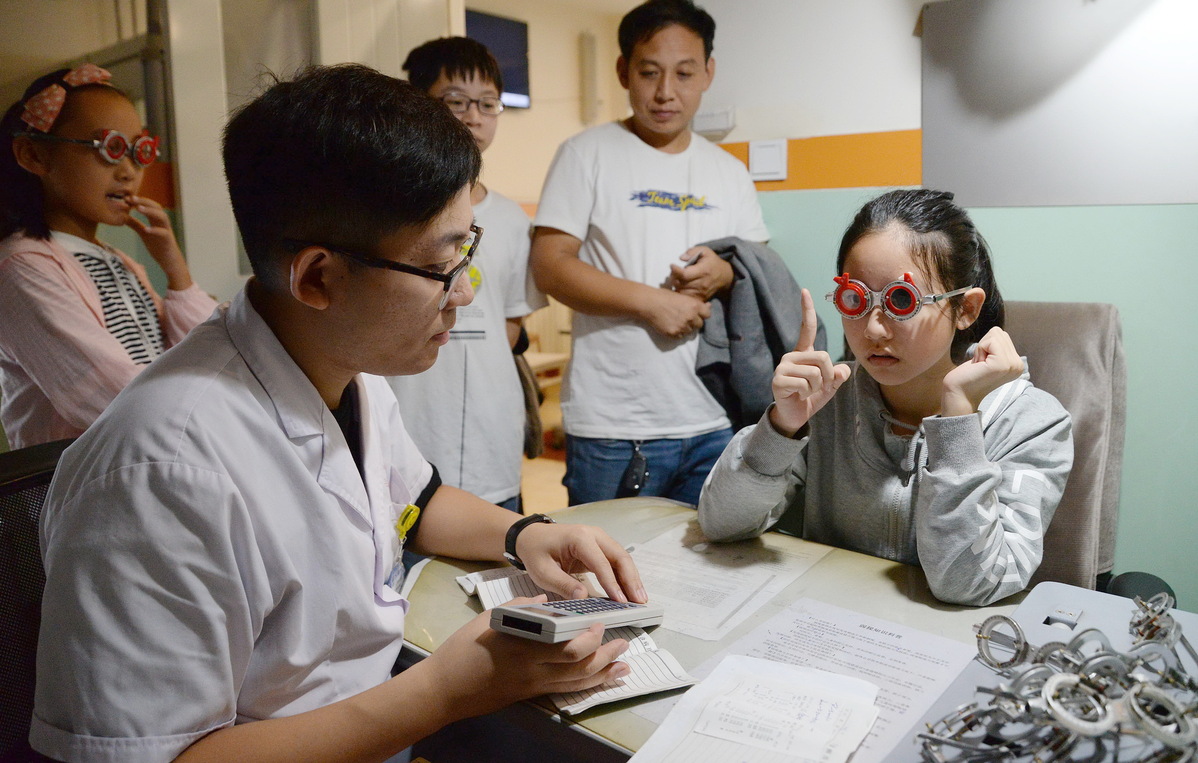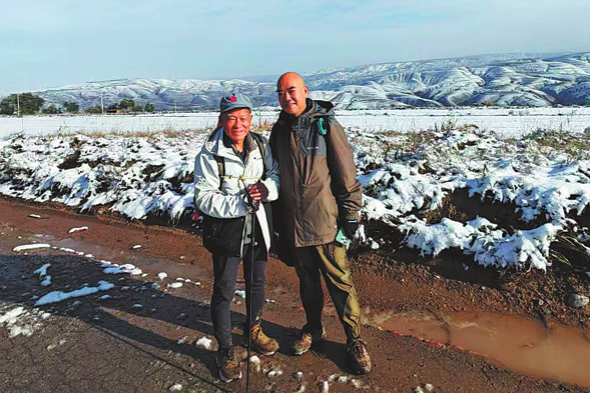Mixed news on child myopia rates


The rate of nearsightedness among children and teenagers in China rose to 52.7 percent last year, up 2.5 percentage points year-on-year, potentially driven by a reduction in time spent outdoors during the height of the domestic COVID-19 outbreak, the country's top health authority said on Tuesday.
But last year's rate was down by 0.9 of a percentage point from that in 2018, signifying initial progress in myopia control thanks to concerted efforts from multiple government departments, Zaynawden Yusan, deputy director of the National Health Commission's disease prevention and control bureau, told a news conference.
He said research conducted by the commission from September to December showed that 14.3 percent of 6-year-olds were nearsighted. The rate was 35.6 percent for primary school students, 71.1 percent for junior high school pupils and 80.5 percent for senior high school students.
The research covered about 2.48 million students at 8,600 school across the country, the commission said.
Zaynawden said the early onset of myopia has become less severe, with nearsightedness levels for 6-year-olds and pupils in their first two years of primary school last year both declining from 2018.
Among nearsighted schoolchildren, the proportion of those with moderate to high myopia had decreased by 0.6 of a percentage point since 2018, he added.
Zaynawden said challenges remain in curbing myopia in younger children and tackling the rapid progression of myopia during primary school.
Nearsightedness rates for 6-year-olds exceeded 9 percent in all regions across the country last year, and they peaked at 19.1 percent in some, he said. During the six years of primary school, the average myopia rate jumped from about 13 percent in the first year to nearly 60 percent in the final year, he added.
The proportion of nearsighted schoolchildren suffering high myopia rose from 1.5 percent for six-year-olds to 17.6 percent for senior high school pupils.
"We will strengthen myopia monitoring and evaluation and strive to cover all counties and districts," Zaynawden said.
Shen Haiping, deputy director of the commission's maternal and child health department, said the commission will step up efforts to build a network of child eye care services.
"Basic eye care will be provided by rural clinics and community medical centers, and county-level medical institutions will provide technical guidance and launch targeted screening programs," she said.
- China's State Council appoints, removes officials
- Chinese, Vietnamese navies conclude joint patrol in Beibu Gulf
- Co-hosting Games enriches 'one country, two systems'
- China's top court highlights domestic violence cases to raise awareness
- Tibetan large language foundation model launched in Lhasa
- Macaque survives over a year after pig kidney transplant in China




































